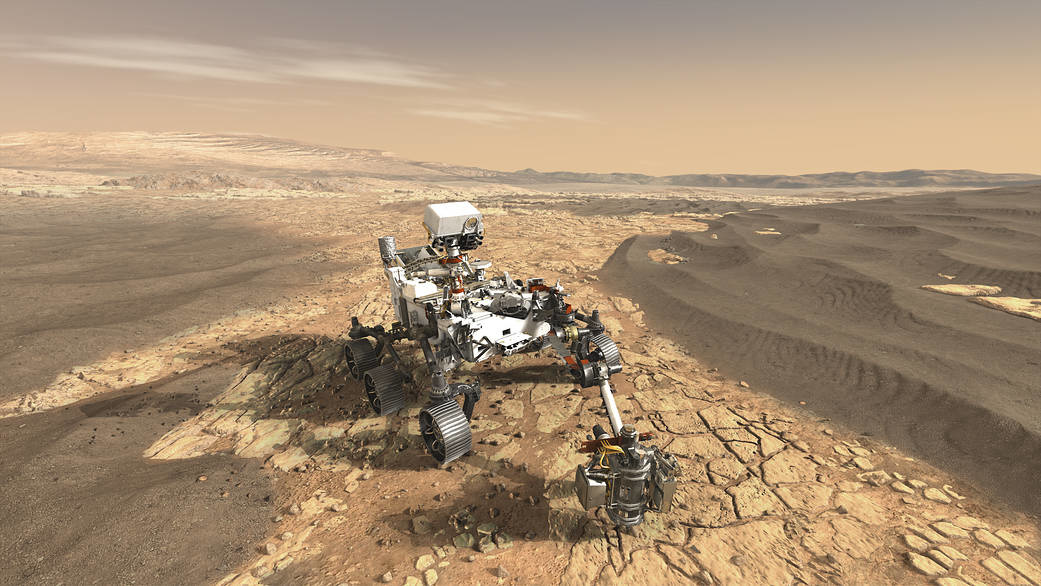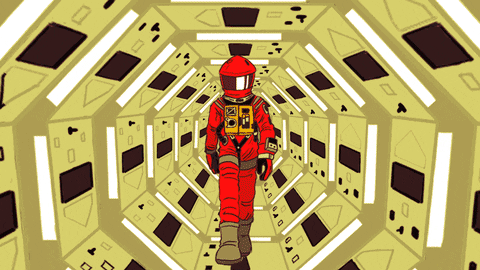Tools for Mars are being developed in preparation for colonization

Credit: Dotted Yeti / Shutterstock
- Researchers at the Singapore University of Technology and Design constructed Mars-ready tools in preparation for colonization.
- The team chose chitin as a cheap and abundant material to fashion a wrench and habitat.
- Chitin occurs naturally in arthropod exoskeletons, fungus, and fish scales.
In 1963, a spaceship crash-landed on Earth. The vehicle was carrying one Martian, a very man-like creature who would be called Uncle Martin. He was so named by Tim O’Hara, a local newspaper reporter that discovered him. Incredibly, the martian spoke English.
Before becoming the Incredible Hulk, actor Bill Bixby played the role of Tim, whose “uncle” (Ray Waltson) arrived intact from the Red Planet, in “My Favorite Martian.” Both “martian” and “Martin” derive from the word Mars, the Roman god of war and, before that, the fourth planet from the sun.
We’ve long been fascinated with Mars and the idea of getting there. There’s more talk about colonizing that planet than terraforming our moon. Current plans have humans using the Moon as a weigh station to leap from. NASA is currently investigating the possibility of ancient life on Mars, though more forward-thinking researchers are now building tools for our arrival.
A team led by Javier Fernandez of Singapore University of Technology and Design has found a candidate for construction: chitin. In a new research article, published in PLOS One, the researchers suggested using this organic polymer to fashion tools and build shelter.
Chitin is a derivative of glucose and is comparable in function to keratin. Its structure was discovered by Albert Hofmann in 1929, nearly a decade before the Swiss chemist stumbled into LSD and went on his famous bicycle trip. Agriculturists have since explored its function as a soil fertilizer, while chitin has long been used to thicken and stabilize foods. The polymer occurs naturally in arthropod exoskeletons, fungus, and fish scales.
As Silicon Valley’s elite set and government agencies dream of crewing a mission to Mars by the late 2030s, Fernandez and crew want to offer practical advice for manufacturing technologies needed when colonizing a planet. As they write, “a sustainable extraterrestrial settlement must be a resource-efficient, closed ecological system.”

In this handout released by NASA, a Mars landscape is seen in a picture taken by the panoramic camera on the Mars Exploration Rover Spirit January 8, 2003.Credit:NASA/Jet Propulsion Laboratory/Cornell University via Getty Images
Then there’s the matter of cost. You can’t simply take Earth’s wares and think they’ll work on Mars. If you’re looking for the most bang for your buck, they believe they’ve identified a winner.
“Chitin is a paradigmatic example of an organic matrix of mineralized composites; it is the second most abundant organic polymer on Earth (after cellulose) and biology’s recurrent solution to forming structural components.”
Even better, no specialized equipment will need to be spun up. Chitin’s ubiquity makes it easy to source. The team combined chitosan with minerals akin to Martian soil, designing a wrench as well as a full-scale habitat.
The team recognizes the challenges of building materials designed for an alien civilization, but feel it’s better to start now than for those brave explorers to arrive with shoddy tents. They were able to rapidly and inexpensively produce these products, which they believe could aid in “our transformation into an interplanetary species.” Fernandez continues:
“The technology was originally developed to create circular ecosystems in urban environments, but due to its efficiency, it is also the most efficient and scalable method to produce materials in a closed artificial ecosystem in the extremely scarce environment of a lifeless planet or satellite.”
The emphasis on sustainability and expense is important as we prepare to leave this planet. Hopefully, the martians will appreciate the effort.
—
Stay in touch with Derek on Twitter, Facebook and Substack. His next book is “Hero’s Dose: The Case For Psychedelics in Ritual and Therapy.”





